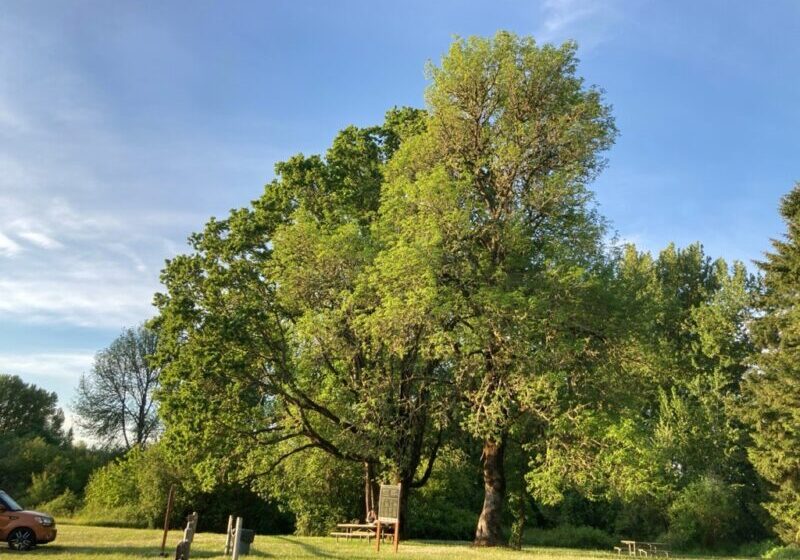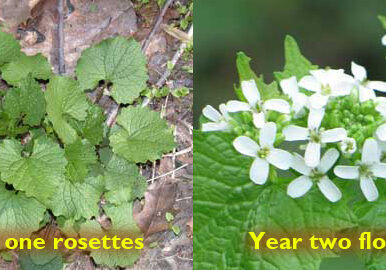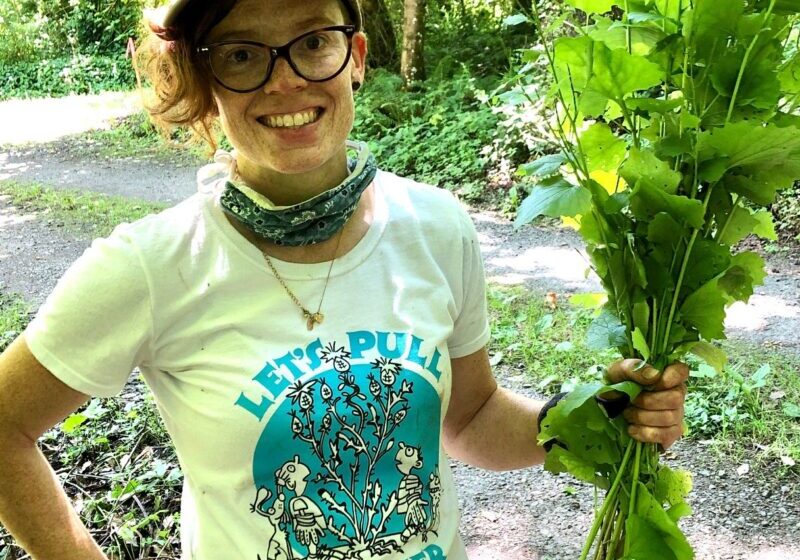As the days grow shorter and temperatures cool, fall is a great time for gardeners and land managers to tackle some of their most challenging tasks: controlling woody invasive weeds like blackberry and knotweed. Then, the fun part: sowing native seeds. The season’s unique conditions create a perfect environment for these tasks, ensuring better outcomes for both plant control and ecological restoration.
1. Optimal Conditions for Control of Woody Invasive Weeds
Fall is a crucial time for addressing woody invasive species such as blackberry and knotweed. These plants are notorious for their aggressive growth and ability to outcompete native vegetation. However, their growth patterns in fall can be leveraged to our advantage.
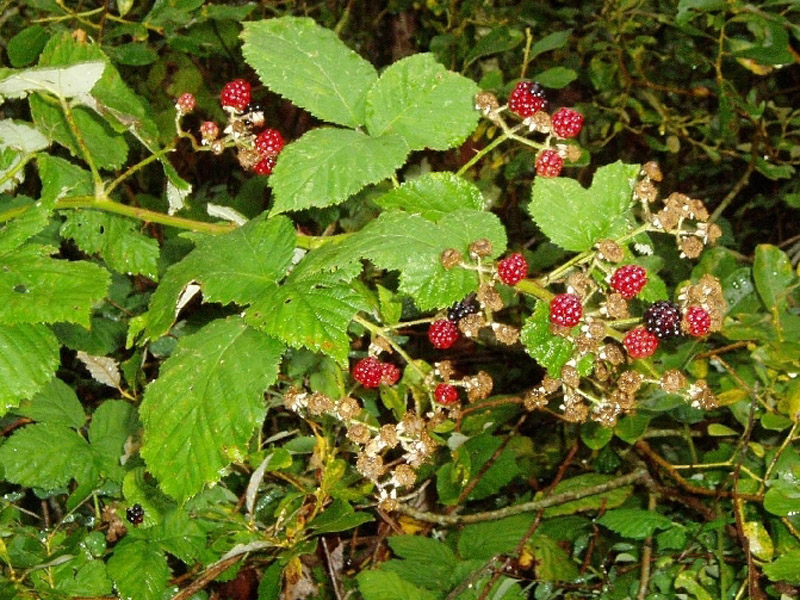
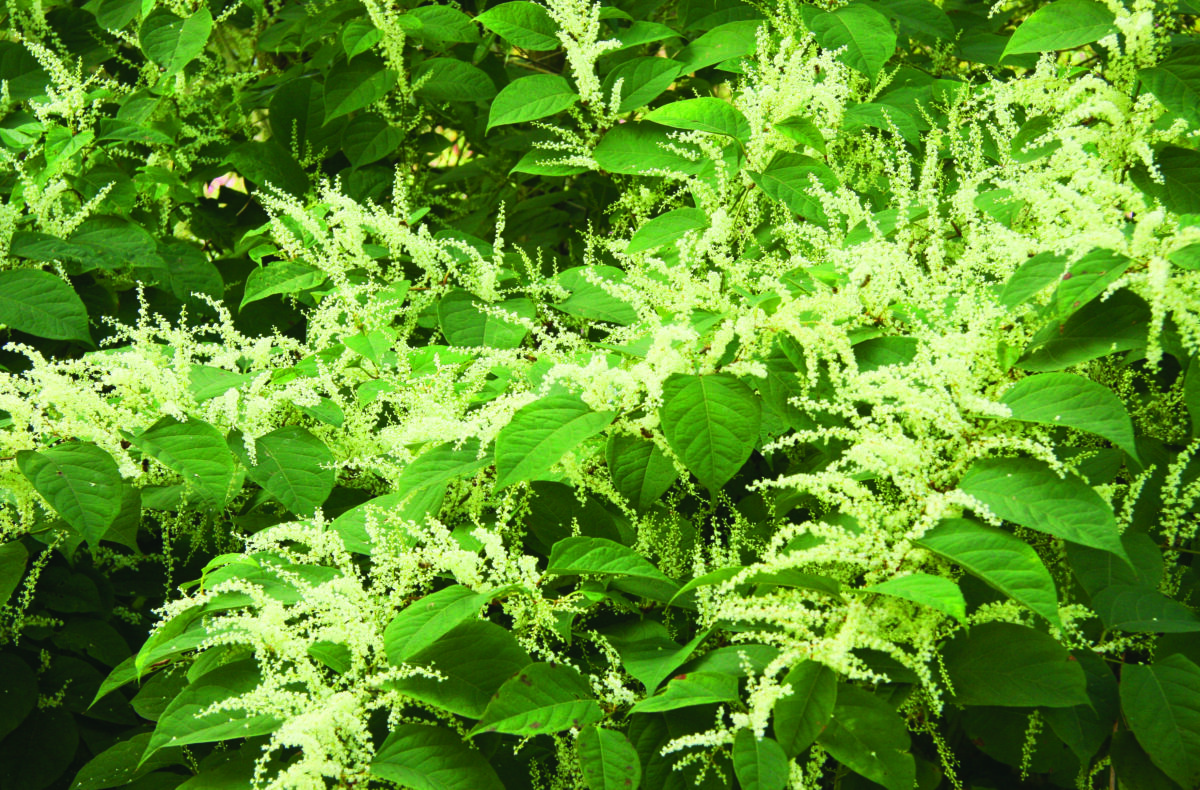
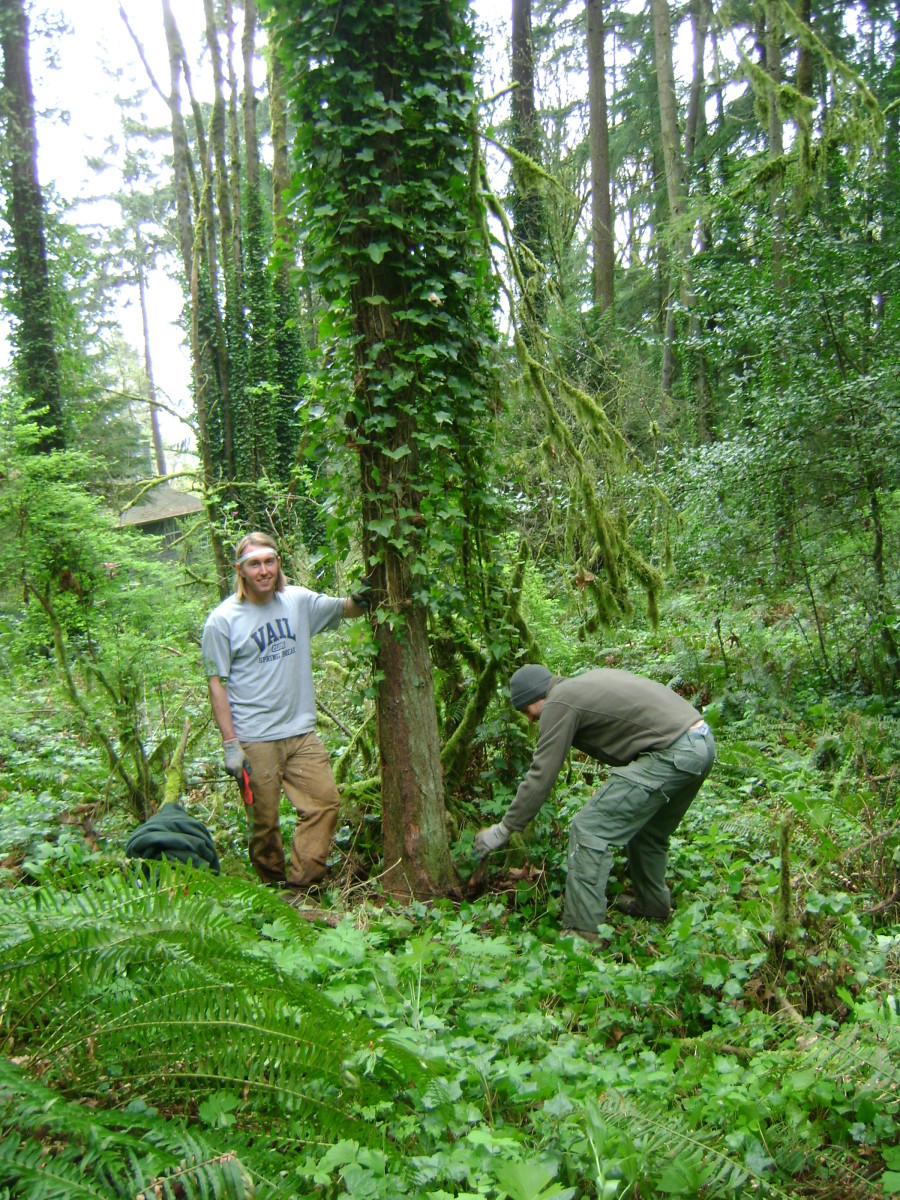
Blackberry
Blackberries tend to focus their energy on producing and dispersing seeds during the fall, leading to a significant decline in their energy reserves. As blackberries prepare for winter, their shoots are actively transporting nutrients to the roots. Targeting them now means that the herbicides* or manual removal efforts can be more effective, as the plants are directing their energy into their roots, making them more susceptible to treatment. Blackberry roots are also easier to fully dig out of the ground once the soil is consistently moist from fall rains.
Knotweed
Japanese knotweed, another notoriously tough plant, is also good to treat in the fall. Like blackberries, knotweed is storing up nutrients in its roots in preparation for winter. This natural process means that herbicides* applied in the fall are more likely to be translocated down into the root system, leading to more effective control. Additionally, the increased leaf canopy in fall (compared to earlier in the growing season) can improve the efficacy of herbicide treatments. Increased leaf area will improve the herbicide uptake in the plant’s system. Manual or mechanical removal of knotweed is not recommended since these methods are not effective and can further spread the infestation. For those located in areas outside the City of Portland service area or those within the Tryon Creek Watershed may be eligible for free knotweed control. Contact Michelle Delepine (michelle@wmswcd.org) for more information.
Other problematic weeds
Fall is also an optimal time to manage several other woody invasive weeds including English holly, English hawthorn, and English/Irish ivy. They all have their own particular best practices to follow such as “hack & squirt” or “cut-stump herbicide treatment*,” so be sure to consult the guidelines at the links below before taking action.
*See the PNW Weed Management Handbook for herbicide recommendations. Always follow the label, as required by law, and use the required personal protective equipment.
2. Increased Seeding Success
Fall is also an ideal time to sow the seeds of certain native plants, which once established, can support pollinators and contribute to the health of local ecosystems.
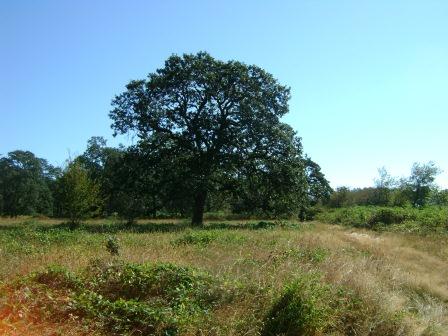
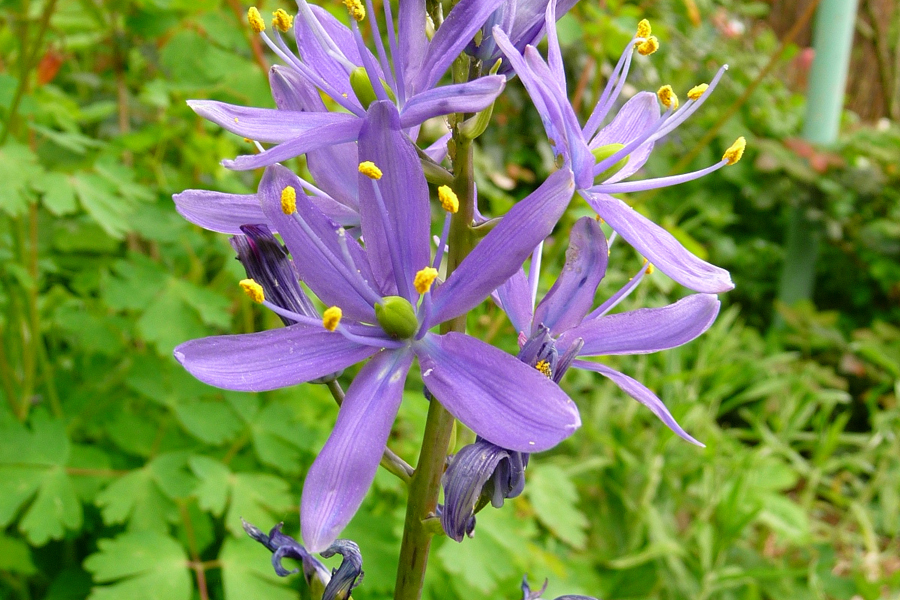
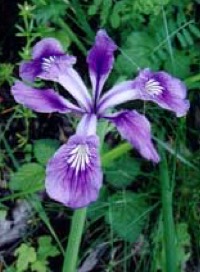
Ideal Timing and Conditions for Germination
The best time to seed many of your native grass, wildflower species, and other native plants is just after the fall rains start, since some species require a period of cold temperature and/or moisture for their seeds to germinate. For woody plants such as Oregon oak and trees and shrubs with fleshy fruits, the wet conditions of fall, winter and spring help break down the acorns’ hard shells and dissolve or ferment the pulp around the seed, preparing them for germination. Seeds sowed in the fall will be able to receive signal to break dormancy and germinate when warm temperatures arrive in spring. Some seed may even germinate in late fall, giving them a chance to grow before winter hits and then have head start in spring, particularly vis-à-vis weeds which might compete with them.
In summary, fall’s cooler temperatures, increased soil moisture, and natural cycles make it an optimal time to control woody invasive blackberry, knotweed, ivy, holly and hawthorn and to sow the seeds of native plants that would naturally be mature this time of year. By taking advantage of the season’s natural conditions, you will experience greater success in your efforts to restore native vegetation. So, enjoy this season of transformation and watch your landscape flourish with the benefits of thoughtful, seasonal stewardship.
